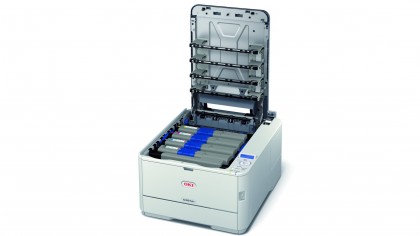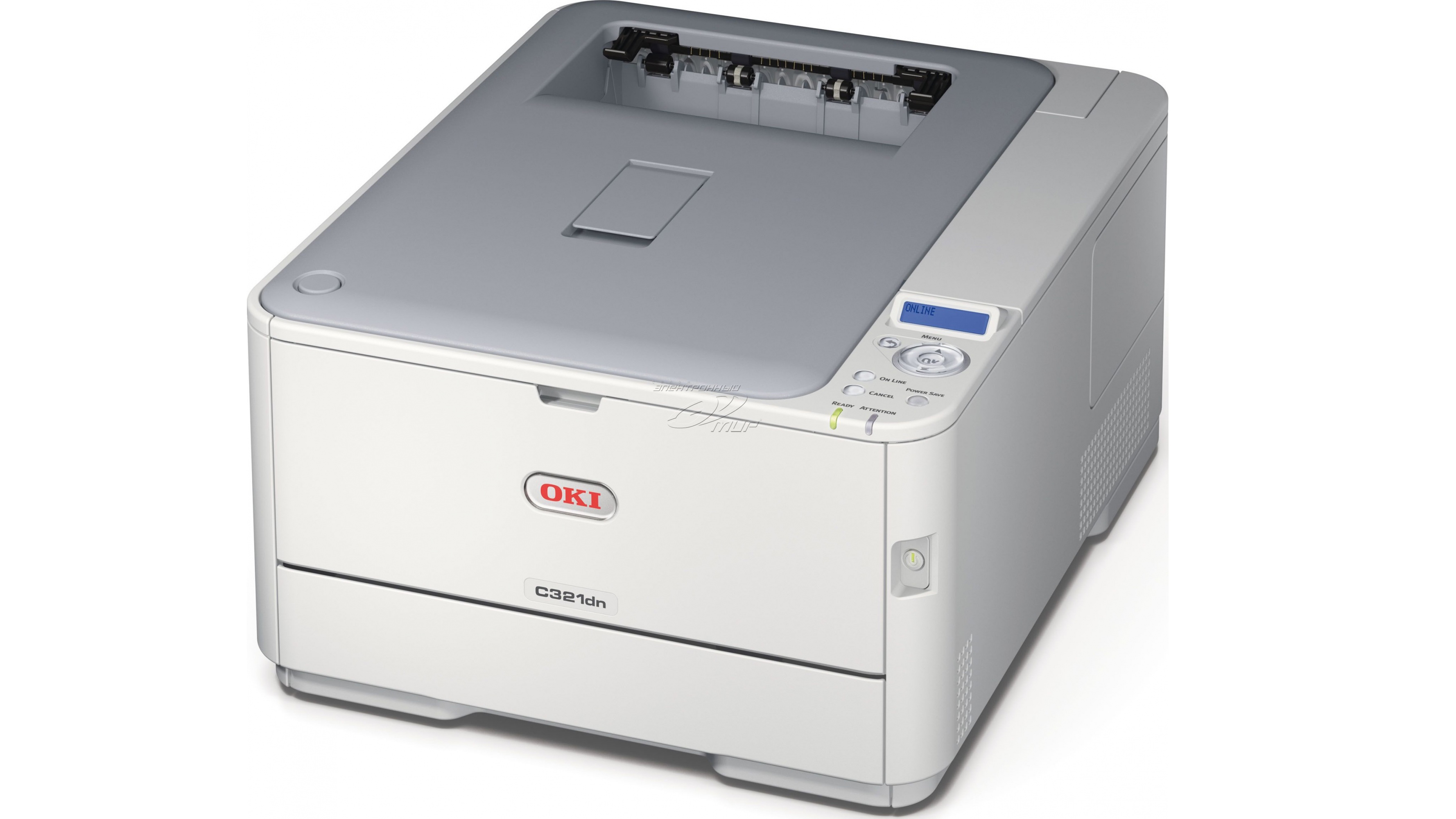TechRadar Verdict
Pros
- +
Excellent text output
- +
Robust build
- +
Meaty paper tray
- +
Cheap to buy
- +
Fast output
Cons
- -
Poor photo printing
- -
No Wi-Fi connectivity
- -
No mobile printing options
- -
Second paper tray weak
- -
A little heavy
Why you can trust TechRadar
Laser printers, once the preserve of business users, have come down in price to the point where most people can afford one for the home or home office. The advantages of a laser printer over an inkjet are its (usually) low running costs, excellent text output and its fast print speeds, all of which are very important for small office or home users.
On the other hand, inkjets are cheaper to buy and do a much better job of printing photographs. Which you opt for very much depends on your needs.
The laser printer on test here is a low-cost, colour network printer. It's not a multifunction device, so don't expect it to double as a scanner and a photocopier, but its relatively low cost (at the time of writing, you can get one online for under £210) and reasonably compact build make it a fine choice for home or small business use.

Naturally, there are plenty of alternatives. If you're looking for an enterprise-class printer and are prepared to spend considerably more on it, the Xerox Phaser 6180 puts in a great performance, though it will set you back three or four times as much as the Oki 321dn. If you'd rather opt for a multifunction inkjet, which are still the most popular printers for the home, a Canon PIXMA model such as the iP4850 might be more your thing. Brother's HL-4150CDN is another low-cost laser printer, but its image printing doesn't match the quality of its text output, and the paper tray is a little small. HP's LaserJet Pro M175NW is cheap to buy, but its awkward set-up and middling performance means it might prove a false economy.
Inkjet printers have dominated in the home printer scene for years, and to be honest, look likely to do so for years to come. But with low-cost laser printers becoming increasingly common, could they grab a slice of this very lucrative market? The Oki 321dn is unlikely to be at the forefront of this thrust into the home as it lacks too many features inkjet users have come to take for granted, but it's a very credible home office and micro business device.
Features
Oki's 321dn is an A4 printer. It offers USB or Ethernet connectivity, but it's not Wi-Fi compatible. Being designed for small and home office use, it has a generous paper capacity. The main paper tray holds up to 250 sheets of 80gsm paper, with a maximum paper weight of 176gsm. There's a second input, a sheet feeder for letterheads, envelopes or whatever else you might need that can take up to 100 pages at 80gsm with a maximum weight of 220gsm. Its output tray can hold up to 150 sheets of 80gsm paper.
Oki's 321dn is compatible with Windows XP or later, and all versions of Mac OS from 10.3.9 onwards, so if you need a printer that works with older computers that haven't been updated for a while, it's ideal. As stated earlier, it's a colour printer. Under the hood you'll find four toner cartridges; cyan, yellow, magenta and black. The colour cartridges can print up to 1,500 pages, with the black managing a meaty 2,200 sheets.
As you'd expect from a laser printer, the Oki 321dn is impressively speedy. We're promised 20 pages per minute in colour, or 22 pages per minute in black and white. We're also promised a 'time to first print' (TTFP) speed of nine seconds for a colour page and 8.5 seconds for a mono print-out, but if the printer is off or in sleep mode when you start, expect to wait longer; its warm-up times are up to 60 seconds from switching on, and up to 32 seconds from power save. Its deep sleep mode reduces the printer's power consumption to less than 1.1W, and if you regularly print small quantities of pages, you can activate its Eco Mode, which automatically adjusts the print speed and fuser temperature to save energy on one- and two-page jobs.

Control is through a two-line, 5cm LCD. Don't expect anything as exotic as a colour touchscreen. For double-sided printing, automatic Duplex is supported. It can Duplex print on paper of up to 176gsm, so you can print on both sides of thin card if you feel the need.
At 24.2x41x50.4cm, it's nowhere near as bulky as some laser printers, but it weighs a hefty 22kg, so if you're planning to put it on a shelf, make sure it's a strong one.
